
Vauxhall Grandland GSe PHEV Review

Introduction
What’s the most powerful Vauxhall you can buy? It used to be the VXR8 GTS-R, a potent, lairy and noisy coupe imported from Australia with 595hp under the bonnet. Now? It’s a plug-in hybrid family-oriented SUV. How times change.
The Grandland GSe has ‘only’ 300hp, but that’s enough to take the crown. Or at least share it. Vauxhall has slotted this petrol-electric powertrain into the Grandland since 2019, so what does the GSe model add to the model range? Let’s find out…
Select's rating score* - 3.2 / 5
At a Glance
While the Grandland has seen the 300hp plug-in hybrid system before, Vauxhall has restricted which trim levels get the power unit now, meaning that if you want the full beans, you need the GSe model. Ultimate and GS (without the e) make do with just 225hp.
So, the GSe must be the high-performance model? Well, yes and no. It’s faster, certainly, than the rest of the range, and there've been some suspension and styling changes to make it stand out against the everyday options, but Vauxhall is keen to point out this isn’t a replacement for the VXR or even GTE models of yore.
Power is provided by a 200hp 1.6-litre petrol engine at the front of the car and a 223hp electric motor at the back — that doesn’t add up to 300hp, but you never get 100% of both power plants at the same time — with maximum torque of 520Nm. That compares to a total of 225hp and 360Nm for the ‘lesser’ PHEV models. All of the plug-in models benefit from four-wheel-drive, thanks to the electric motor under the boot floor driving the rear wheels.
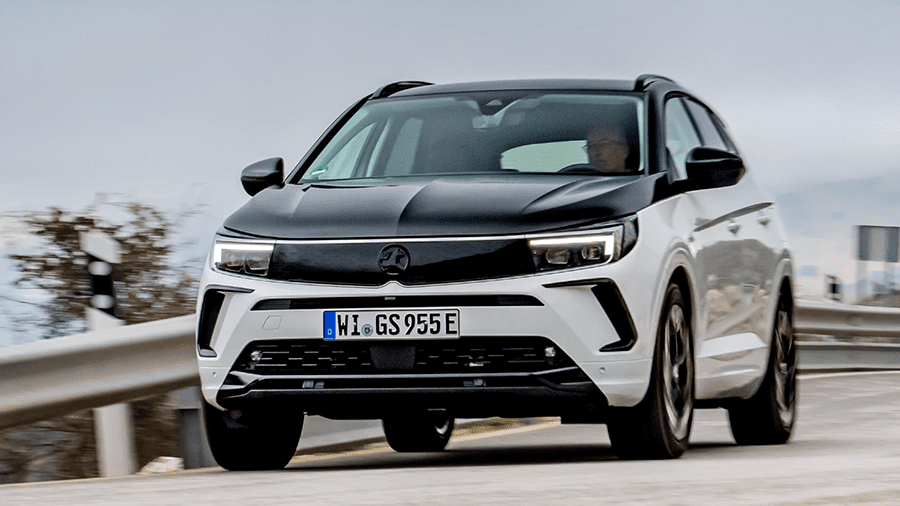
The Grandland range also has conventional powertrains, with entry-level Design trim, GS, and plush Ultimate models, all available with either 1.2-litre petrol or 1.5-litre diesel engine, all giving out 130hp.
What makes the GSe stand out beyond the extra 75hp? 19-inch gloss black alloy wheels, a unique front bumper, gloss black skid plates, black roof and spoiler, and some GSe badges are the external clues. Happily, the UK doesn’t get the gloss black bonnet our test car was equipped with, but you can recreate the look with a trip to a scrap yard for a mismatched part!
Under the skin, there’s adaptive damping with bespoke Koni dampers on revised springs, and a revised steering map. This isn’t a major re-engineering project, but a light touch to eke out the best from the SUV.
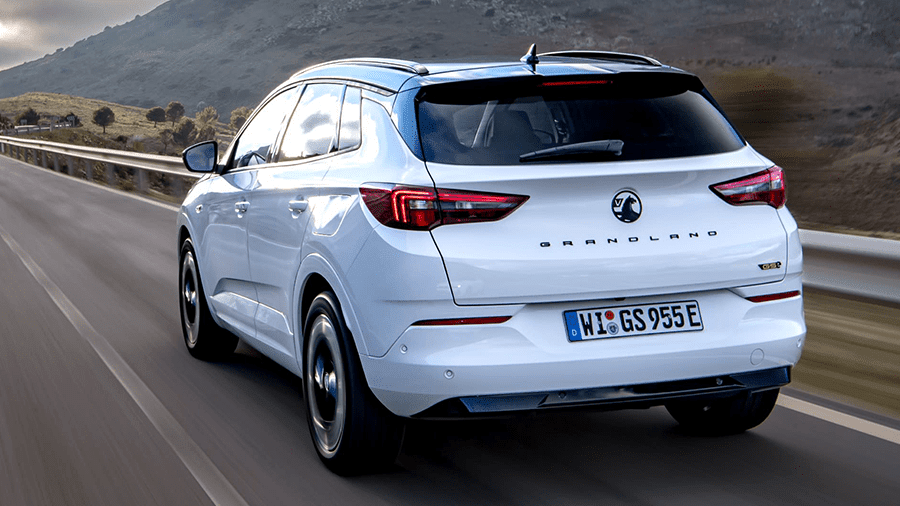
Key Features
It’s increasingly difficult to keep ageing models feeling relevant as we bridge the gap between an analogue approach to motoring and the digital-first aesthetic that permeates through every new model. Vauxhall’s done a good job of keeping the Grandland feeling fresh, though, with the 2021 update to the exterior leaving it looking bang up to date.
It’s less successful inside, although some will prefer a dashboard with buttons and switches over the banks of LCD screens that cover the cabin of the latest generation of cars. It does leave it looking a little dated, but it’s easier to use.
And that’s where the Grandland excels. Everything is just so easy. The comprehensive list of equipment means you want for nothing (bar a sunroof), while the safety and driver assistance technology onboard will do its best to keep you on the straight and narrow without interfering too much.
The plug-in hybrid powertrain seamlessly manages the shift between petrol, electric or hybrid power, giving you the best economy when you’re not trying to drive it like a GTE. You can even charge it from a three-pin plug, so there’s no need to find or install special chargers.
The seats are comfortable, there’s plenty of space in the front and back, and there aren't any demanding servicing requirements.
Just get in, drive, and forget about the world outside. At least until you hit the first bump, and then you’ll wish you’d chosen the Ultimate spec instead!
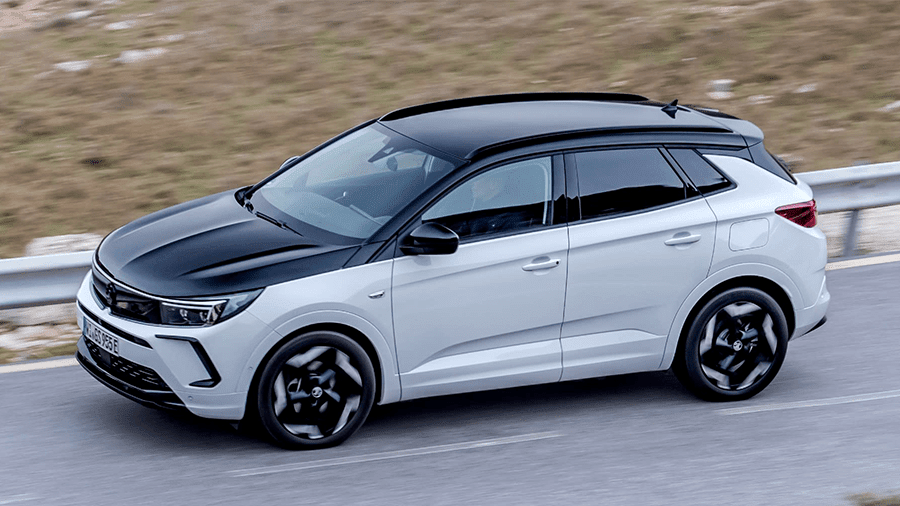
Performance & Drive
This might be the most powerful Vauxhall you can buy, but the company is keen to emphasise that it’s not a performance model to replace the defunct VXR and GTE models.
It’s more of an enhanced version of the existing model, equipped with additional electric motors — one under the boot floor for the rear wheels and another under the bonnet for the front, both working with a 1.6-litre turbocharged petrol engine. Together, they deliver an impressive 300hp and 520Nm of torque, giving the Grandland impressive on-paper performance.
The 0-62mph sprint is achieved in 6.1 seconds, with the GSe reaching a maximum speed of 146mph. Far more importantly, it can reach motorway speeds (and, at 84mph, beyond) using nothing but electric power.
While the numbers are good, there are some potential drawbacks. There’s a confidence-inspiring stance, with a wide track, four-wheel drive and sportier suspension, giving the SUV a planted feeling, but it can feel unsettled on the road. In striving for ultimate grip, Vauxhall has sacrificed comfort, which is further exacerbated by seats that lack adequate lateral support despite their sporty aesthetics. The imperfections continue at lower speeds, where the GSe jostles over each speed bump, pothole or painted surface.
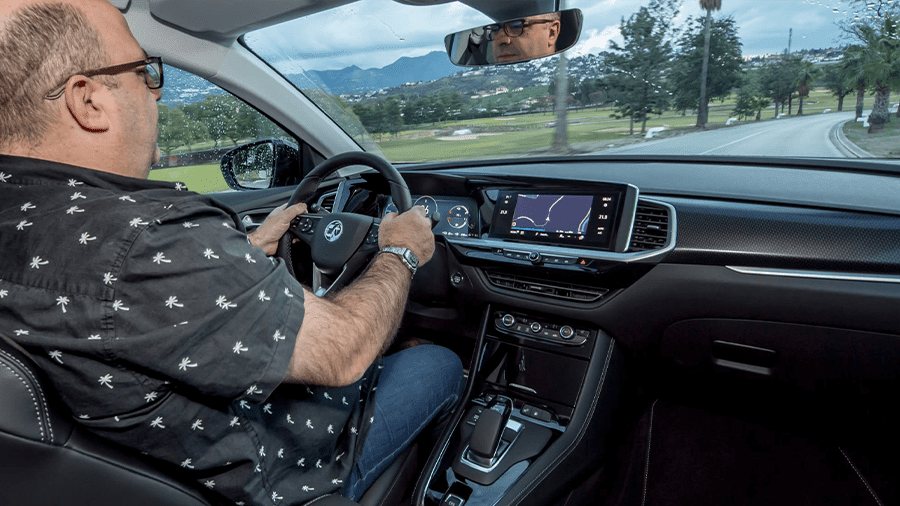
Running Costs
A hybrid should be cheap to run, which should be true of the Grandland GSe. Officially, it can achieve 235.4mpg with a fully charged battery, covering 41 miles before needing to touch a drop of petrol. The reality will depend on your own driving patterns, and you’ll only get the best when the battery is kept topped up. During our testing, the 200hp petrol engine still returned a respectable 38.9mpg after depleting the battery.
There’s a 14.2kWh battery pack that can be charged with a regular three-pin plug socket in a little under five hours. An optional 7.2kW system can be fitted for £500, which halves the time needed to charge, assuming you’ve got a suitable home charger. Given that the car can be easily charged overnight, with plenty of time to spare, it’s probably not an essential purchase.
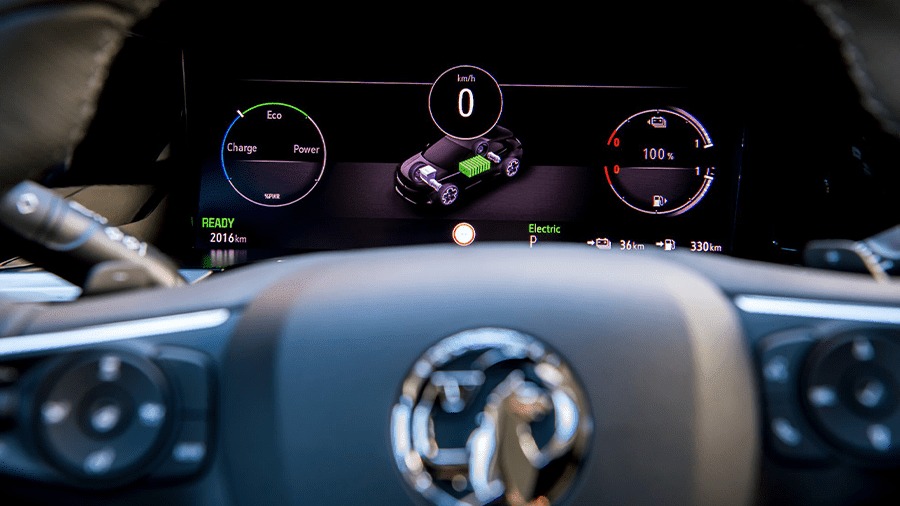
The most significant cost will be buying or leasing the SUV. With a list price on the wrong side of £45,000, it’s an expensive model, and that’s reflected in the monthly payments most will be facing. It also means that the car tax hits £560 a year for the second to sixth year of ownership, along with any rises HM Gov sees fit to add.
However, company car drivers do well, facing a BIK rate of 8%, which translates to a company car tax bill of a little over £700 a year for a 20% taxpayer.
Servicing is required once a year, or every 20,000 miles if that arrives more quickly. Every Grandland is covered by a three-year warranty limited to just 60,000 miles — not exactly generous when Toyota and Kia will cover a car for 10 or seven years, respectively.
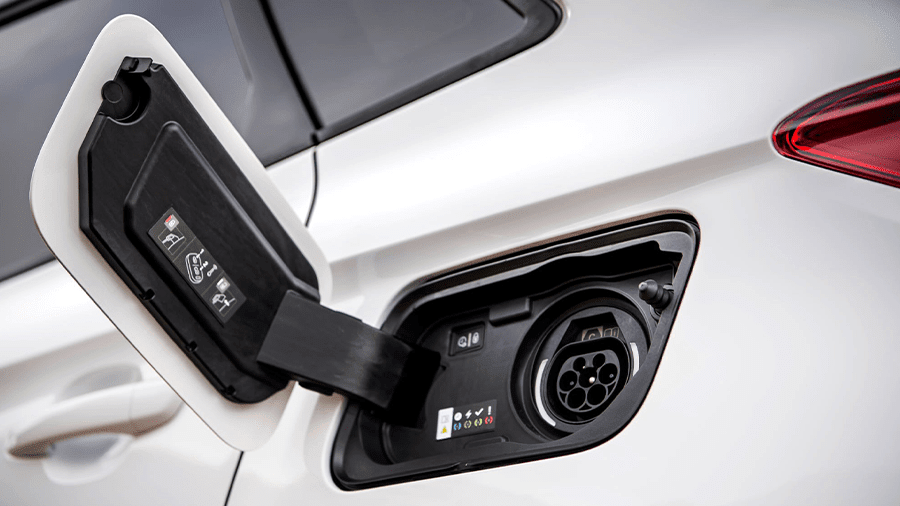
Interior
Vauxhall hasn’t done much to lift the cabin of the Grandland, adding some Alcantara-covered sports seats and a GSe badge or two. The rest remains as it’s always been, which means you get a pleasant, if unexciting, interior.
There’s a thoroughly sensible dashboard layout, with a 10.0-inch infotainment screen dominating the centre stack. It’s an adequate system, but it’s not as configurable as some rivals, and not as easy to use as most. It sits above some physical controls for the climate system — a preferable method that avoids asking users to tap multiple parts of the screen to simply make the car a little warmer.
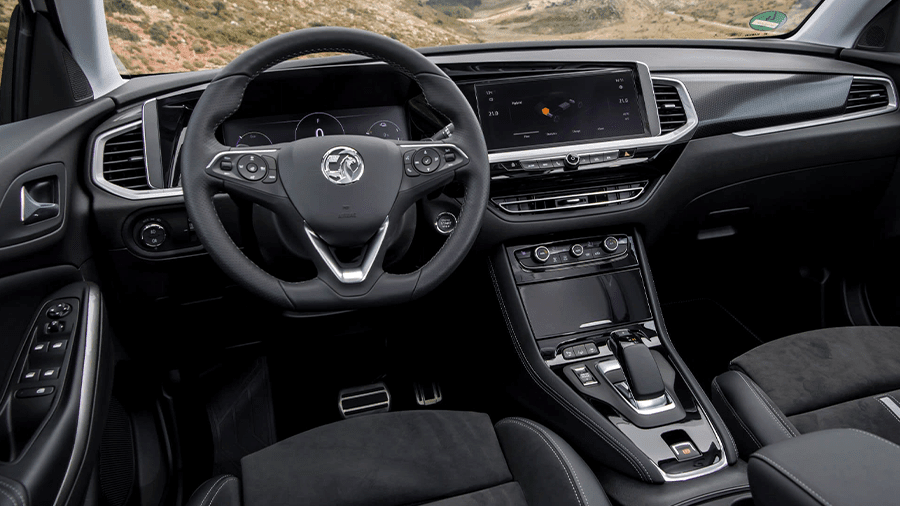
The vehicle works well as family transportation, coming equipped with a plethora of features. These include helpful driver aids such as 360-degree cameras, adaptive cruise control, and entertainment essentials like Apple CarPlay and Android Auto. Practical touches include an electric tailgate and keyless entry, which are especially handy when managing children and their belongings.
Space is plentiful up front and surprisingly generous in the rear — you won’t even hear any complaints from adults in the back seats. The 390-litre boot isn’t very spacious, though, as it’s had to give up room to accommodate the hybrid gubbins hidden under the floor. If you need more space, the non-hybrid models provide 514 litres of space to fill.
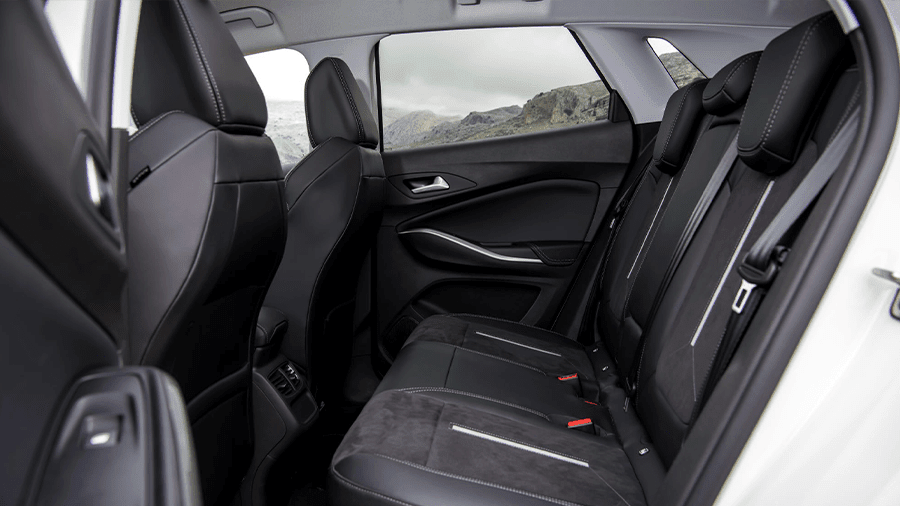
Safety
The Vauxhall Grandland was last tested by Euro NCAP when the car was launched in 2017, and it scored the full five-star rating for safety. The test has got more challenging since then, but it still shows that the vehicle is tough enough to protect you and your family.
Opting for the GSe model gets every bit of safety kit Vauxhall can squeeze onto the car fitted as standard, which includes automatic emergency braking, lane keeping assist, adaptive cruise control, adaptive automatic LED headlights, parking sensors all around, a 360-degree parking camera, and automatic park assist, amongst many, many other technologies.
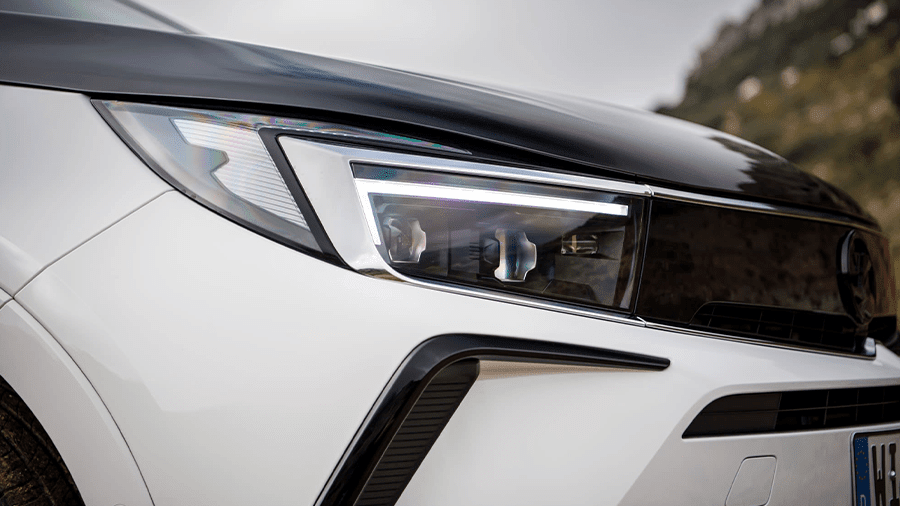
Options
The Grandland GSe is loaded with equipment, leaving very little you might want to add to the car. That’s handy, as there aren’t any options to pick from at all. Well, apart from an uprated onboard charger that will allow you to use a faster charging machine. It’s £500, but as you can fully charge from a three-pin socket in under five hours, it’s probably unnecessary.
You can choose the colour, too. For £600, you can pick from grey or black. Splash out a further £100, and you’ll find red or blue added to the palette.
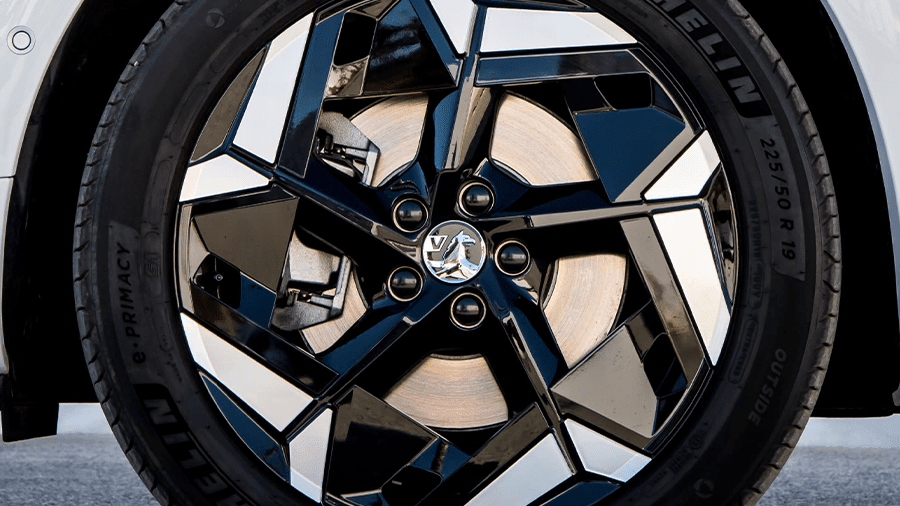
Rival Cars
The Cupra Ateca (below) — in VZ form — takes a more conventional route to performance, with a regular 2.0-litre engine providing the same 300hp as the Vauxhall. It’s about the same size, much quicker, and no more expensive. However, fuel economy and emissions will hurt, especially for company car drivers.
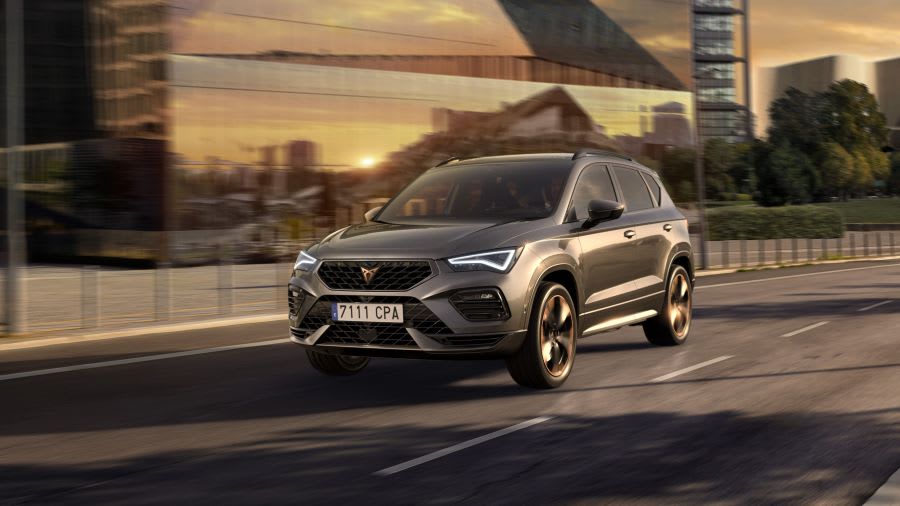
Not pretending to be sporty is the Kia Sportage, which, in plug-in hybrid form, makes do with 261hp. It looks great, is packed with tech, and is sensibly practical with it, too. While it’s comfortable and refined, you’ll find pure driving pleasure elsewhere.
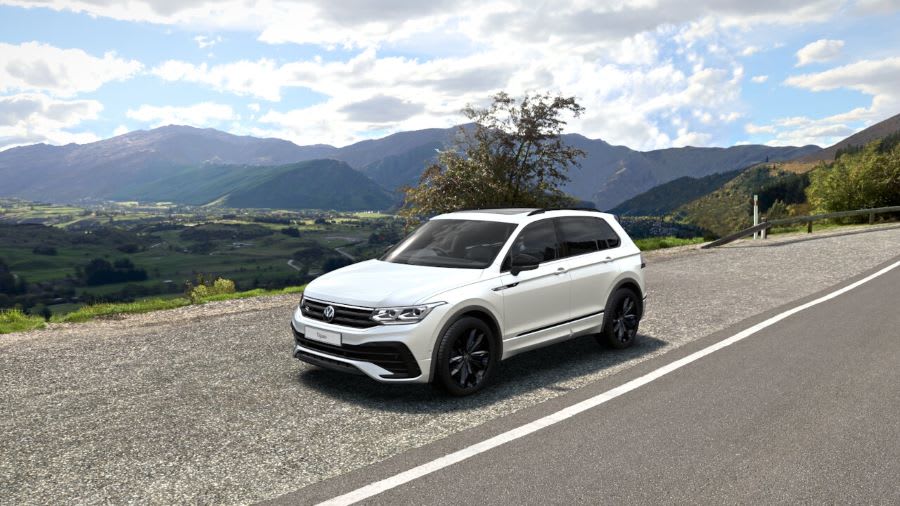
The dark horse is the new Volkswagen Tiguan (above), which we haven’t driven yet. The current model is practical, sensible, and oozes quality. A plug-in hybrid version offers 245hp, but if you want driving thrills, the Tiguan R’s petrol engine gives out 320hp and is backed by an upgraded chassis and suspension.
Verdict
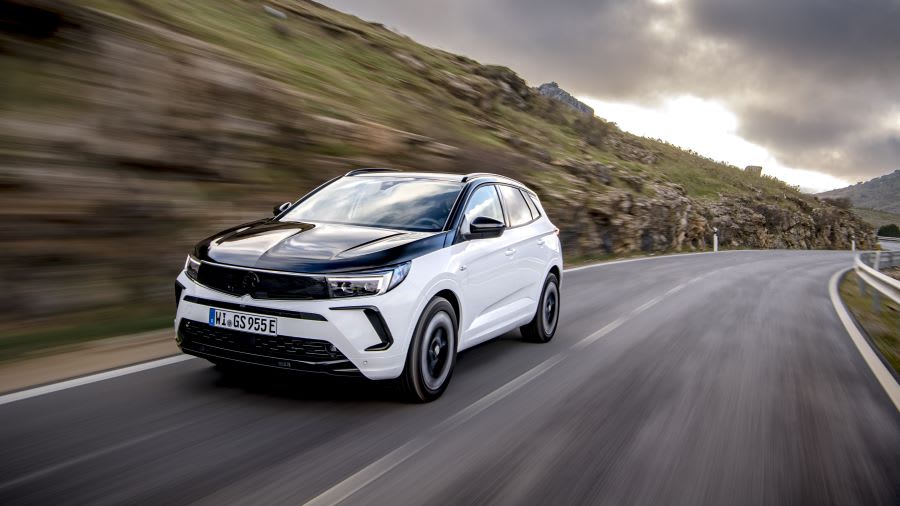
On the face of it, the Grandland GSe is a fine car. It looks great — admittedly a subjective opinion — and is well equipped, with enough space and practicality to be a sensible family SUV. It handles reasonably well for a heavy SUV, too, although that comes at the expense of comfort, which starts to undermine the point of a car like this.
Then you realise that the performance isn’t particularly strong, even with 300hp to play with, and it costs an awful lot of money.
The better choice is, arguably, to look at the plush Ultimate spec. Yes, it gives away some power and, with that, some performance, but it’s a little cheaper and costs less in tax for company car users.
Where to next?
View latest Vauxhall Grandland leasing deals - from just £393.52 per month inc VAT**.
Call us on 0118 3048 688 or hit the green 'Enquire' button for more details.
Looking for a great deal? Check out our incredible range of car lease deals.
New Hatchback? Read our latest Car Reviews and find the right model for you.
Want to know more about leasing? Take a look at our comprehensive Leasing Guides.
Interested in everything motoring? Why not catch up on all the latest Car Leasing News.
**Score based on Select’s unique meta score analysis, taking into account the UK’s top leading independent car website reviews of the Vauxhall Grandland.
**Correct as of 12/10/2023. Based on 9 months initial payment, 5,000 miles annually over a 48 month lease. Initial payment equivalent to 9 monthly payments or £3,541.68 (Plus admin fee) Ts and Cs apply. Credit is subject to status.



















